Review
After four months and almost 5,000 miles in the EV6, its time with is has come to an end. It’s a little premature, compared with how long we usually appraise cars for on our fleet, but recently our Kia has been superseded by an updated version that sports a new look at the front, including a new LED lap signature, and is equipped with a larger battery.
An extra 7kWh of capacity should be enough to eke out another 30 miles from a full charge, or perhaps 20 if most of your journeys are on motorways.
This is something I’ve noticed during my driving. The EV6 (ours is the twin-motor AWD variant, remember) has seen journeys with energy efficiency of 3.7 and 3.8 miles per kWh, even reaching 4.0 on one suitably sedate urban errand.
But much of its work has taken place on motorways, and there doesn’t seem to be any reliable way to improve on 3.2 miles per kWh on those kinds of journeys, and I’m not prepared to try being sucked along in the slipstream of an HGV. Although perhaps even travelling at 56mph instead of 70mph would make a significant difference.
So what’s the verdict on the EV6, and what would I change on it. As electric cars go, its very easy to live with. Spacious and smooth, and in twin-motor guise with 326hp, it has plenty of performance when you need to overtake safely.
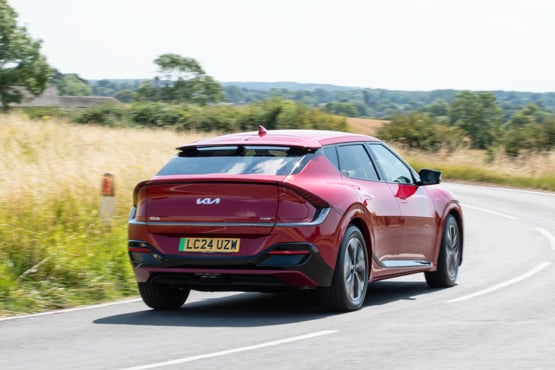
Although a few times with scheduled charging at home, it hasn’t happened. At least a couple of these times it seemed the plug wasn’t quite connected properly, and in these situations it would be helpful if the app knows it has a charge scheduled, and the plug isn’t connected properly, here ought to be some kind of notification
I did take to setting the charge going at the expensive rate for a minute or two to check the connection was good, and then pause it until the schedule took over when the cheaper electricity price was active.
This is a stark contrast to my own car – a Mini Cooper SE – that mischievously starts charging immediately on being plugged in, although it’s been told specifically to stick to the schedule.
Charging complaints aside, I really don’t like the design on the door handles. They’re not the sophisticated ‘pop-out’ handles that can be found on Teslas, as well as premium-badge electric cars. They’re flush-fitting manually activated handles, that pop out via the technique of pushing in the forward part of the handle, which brings the rearward part within reach to pull and open the door – like an Aston Martin V8 Vantage circa 2005.
It’s not intuitive, and frequently I’ve tried and failed to explain it to someone scrounging a lift, then had to with off and get out to open the door myself.
The other thing is the lack of a rear wiper. I know we’re used to them because of the once strong tradition of buying hatchback cars in the UK, and although car manufacturers that delete them claim that aerodynamics are so good that the flow of air on the move simply blows away any water droplets is a rather hit and miss process, and if the car has been rained on overnight, it would be nice to see out of the rear window before leaving the parking space.
It does smack a little of marketing speech diverting attention from the fact that adding a rear wiper would cost some hard-won fraction of drag coefficient, as well as adding a few kilos of weight that engineers and product managers would have been arguing over where and how it could be lost in various parts of the car.
No doubt the updated EV6 will be an enhancement over our version and, apart from a few minor irritants, ought to keep any company car driver happy that chooses it.
Driving to the Netherlands
As electric cars have become more capable and fitted with larger batteries, range anxiety has given way to charging anxiety.
Drivers feel confident when leaving home with a full charge, but should they be somewhere far away and need a top-up, they wonder if there would be a rapid charger free, and if it would be working properly.
While over-generous incentives have driven fleets to electric cars, the absence of them for retail customers mean that for them to adopt electric cars, adapting to different behaviour patterns when driving need to be minimal.
I recently took a trip in the EV6 to the Netherlands. On paper, it seemed pretty straightforward. Home to Folkestone is 165 miles. Calais to my destination is 168 miles. As the EV6 is typically showing a maximum range of 291 miles when fully charged, a top-up charge when the car is parked at the Eurotunnel terminal would see me set for the rest of the trip in about 30 minutes or so.
Both my Kia Charge and Octopus Electroverse memberships give me access to the Engie chargers at the Eurotunnel terminals, so as long as a charger is available, it’s a simple process.
But those chargers don’t allow the user to simply pay with a debit or credit card. While I was charging, drivers of two other electric cars tried to attract my attention within a few minutes of each other.
They were struggling, as they didn’t have a membership that allowed them to use a card to charge there, and looked like they would need to download the Engie app and connect a payment method before the charger parted with any sparks (or whatever it is they do).
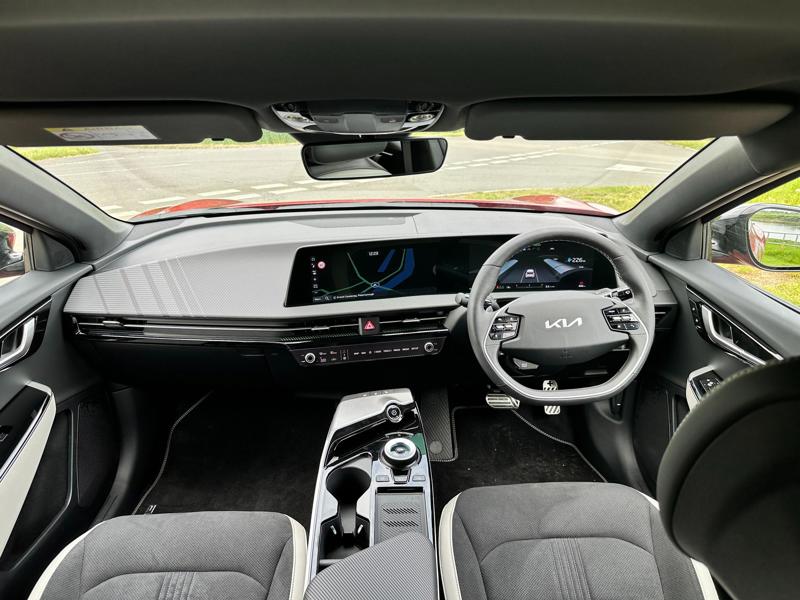
I offered to use my card to pay for their charges if they gave me the equivalent in cash, but I might not have been able to stay as long as they needed to for the card to be used to end their charging sessions.
Clearly, a lot more joining the dots to do between governments and EV charging provides to make this process as seamless as refuelling has been for decades.
While in the Netherlands, on-street AC chargers are plentiful. Arriving with the Kia on 28% battery, I plugged into the nearest charger to where I stayed – delivering 11kW – and a few hours later it was back to 100%.
I had previously noted that the price to charge there was lower with my Octopus Electroverse card than it is with my Kia Charge card, so an extra bit of homework for EV users that ICE vehicle drivers don’t need to bother with.
The journey home was not quite so smooth as the Eurotunnel terminal at Calais was extremely busy, and no Engie chargers were available.
But with 40% battery, it was no problem to continue to a rapid charger at services along the M20, although not at the lower price in France.
Real-world range tested
My first weekend with the EV6 required a test of its tank with a return trip from Lincolnshire to south Wales.
In theory, the Kia’s 273 miles indicated range (official combined is 313, but that includes the reserve after zero miles is indicated, as well as projected energy losses while charging) would be comfortable enough to reach the destination in Cowbridge. But before arriving, I set coordinates for Cardiff Gate services on the M4 where there were several rapid chargers.
No queuing was a positive, and although my Kia Charge card didn’t seem to authorise the charge, my back-up Octopus Electroverse card did.
Drawing 180kW from the charger meant I was back up to full from around 20% within half an hour, at a cost of just under £50. That works out at almost 25p per mile, which is close to three times as much as I pay for charging at home. But this is what happens when you need a fast charge on the road.
I attended the event and set a course for home. The Kia’s sat-nav warned that there might not be enough range to reach my destination, and asked if I wanted to select a recharge along the route. However, around 50 miles out from home the car decided it would not be necessary as range by that point was comfortably showing I would reach my destination with around 40 miles to spare.
So the first truly long journey in the EV6 was relatively stress free; the single rapid charge needed was congestion-free and took the length of time required for a snack and a drink to be consumed.
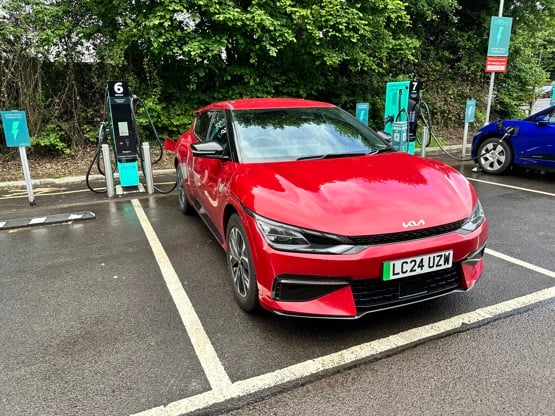
It was certainly a confidence boost, and I doubt there’ll be any worry with other long journeys it will be required for.
Driving the EV6 is also stress free. I’m quickly getting used to the quiet environment. The car provides plenty of comfort and rides relatively well.
The only hiccup was that Kia UK has undertaken a recall of all EV6 models in the UK – around 16,000 of them – requiring a software update for the charging control unit. As I’m in the privileged position of running a car belonging to Kia UK, the company sent a technician to my home to carry out the update, rather than me needing to book an appointment with a dealer.
The work was done in around 40 minutes, so I imagine any owners thad did need to book the car in at a retailer workshop for the update would have been able to do so with only an hour’s downtime. Not too inconvenient.
Kia EV6 AWD GT Line joins our fleet
I’ve covered some miles in electric cars over the years but rarely for more than a week at a time during an appraisal.
With a petrol car of my own and no company car, I have been surprised over the last couple of years at how fleets (or at least the larger ones) are so heavily committed to electric cars.
Of course, electric cars have become easier to live with in recent years, largely due to greater capacity batteries (which usually plunder some of the earth’s most scarce mineral resources), which mean 250 miles on a full charge is not too difficult. The rapid-charging infrastructure has also become more reliable and with greater availability.
But of all the incentives that have driven fleets in this direction, perhaps the ones that have resonated most strongly are those that are of immediate benefit to the driver. Taxation has always been the most effective force behind changing habits.
For many years, drivers have effectively been able to give themselves a pay rise merely by swapping their petrol, diesel or hybrid company car by switching to electric. The employer benefits from the national insurance contribution for provision of a company car for private use also being linked to the vehicle’s BIK tax rate. And, of course, there are all the sustainability and move towards net zero boxes that can also be ticked.
All of this has offset the more chaotic residual values story, where used prices crashed in 2022 as a result of oversupply, and have remained in the doldrums since. And with the ZEV mandate forcing more electric cars on the market over the next six years with no strategy to boost demand from used car buyers, other than the blunt market forces dragging down values and making them more affordable, RVs will take some years to recover.
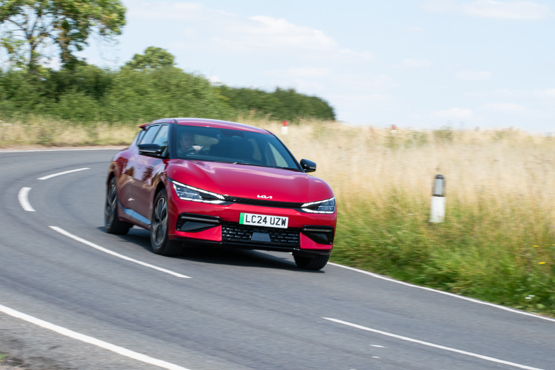
So this is where I come in with our recently delivered Kia EV6. Although when Fleet News originally reviewed the car Kia expected the GT Line S to be the strongest seller, we’ve taken the slightly more modestly equipped GT Line. It’s an all-wheel drive model, with two electric motors, and we requested the optional heat pump to help reduce the strain on the battery when heating or cooling the cabin.
It’s very different from the Sorento Hybrid I had been running, but very close on P11D value. However, the EV6 is slightly smaller, with two fewer seats, and in GT Line spec makes do without the panoramic roof, 360º camera, ventilated front seats and heated outer rear seats, and a few other items I had become used to. It does offer almost 100hp more over the Sorento Hybrid, however, although taking advantage of that risks efficiency and range.
It is an attractive and well-equipped car for your £52,000, though. I’ve signed up to the Kia Charge app and pay a small monthly fee to take advantage of reduced prices for rapid charging with certain networks, and I’ve also subscribed to Octopus Electroverse as a back-up.
I will be planning to drive the Kia to mainland Europe in due course. And planning will be rather more intensive than with any previous trip. There should be further driving impressions to report before then though. Watch this space.



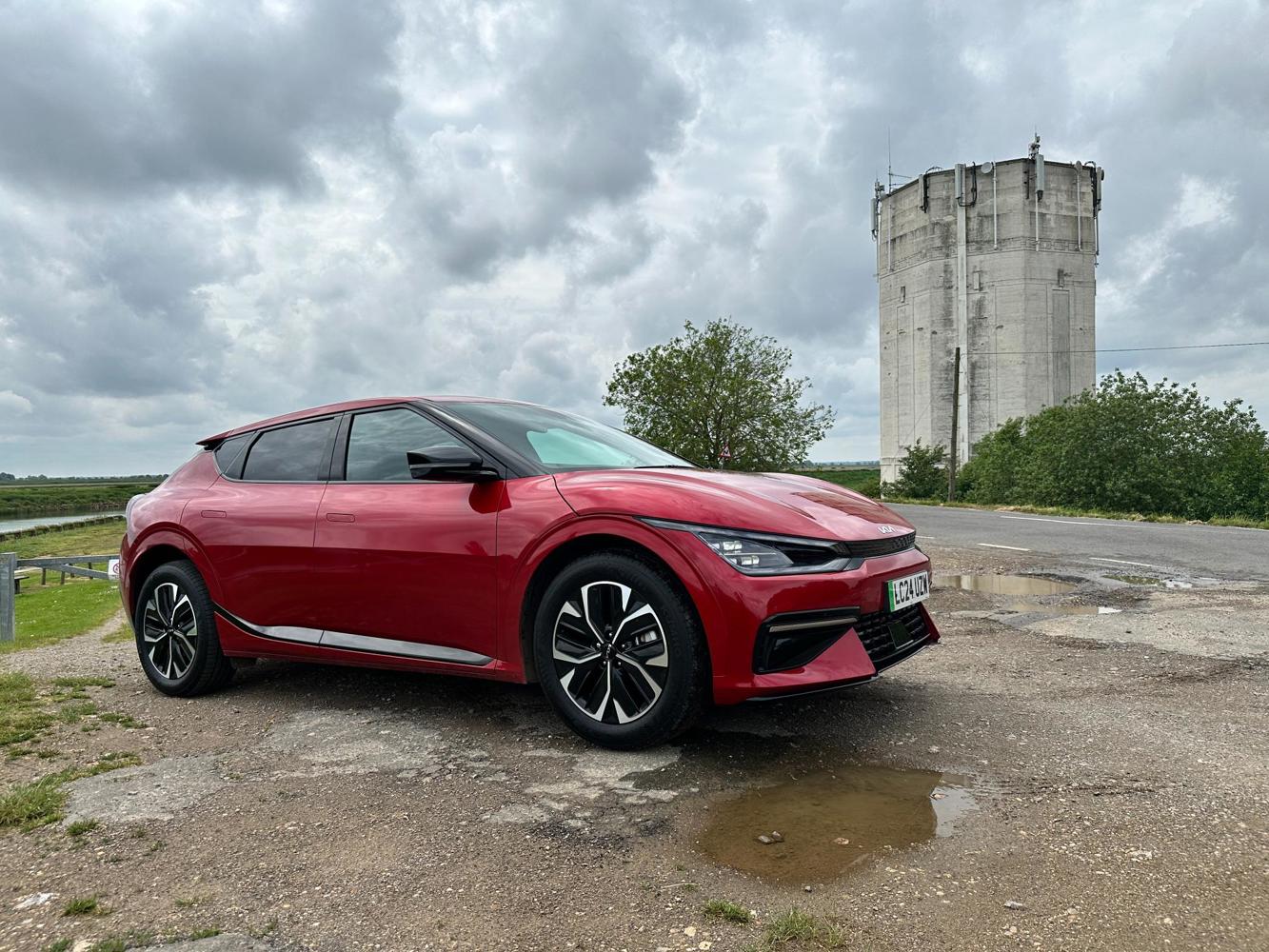



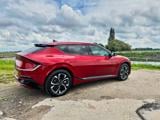

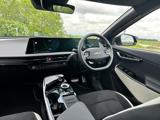
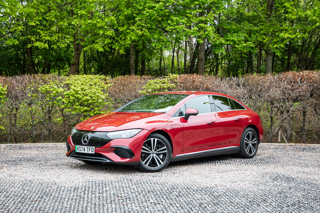

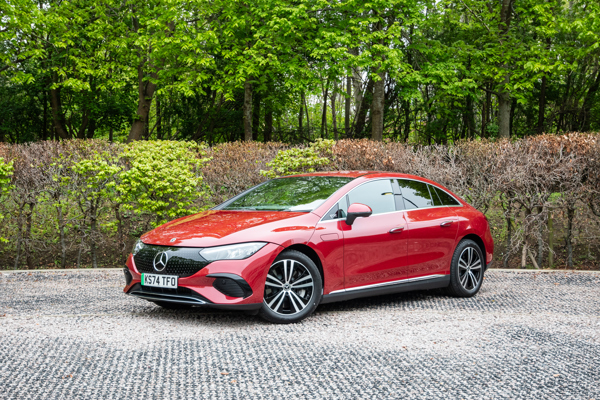
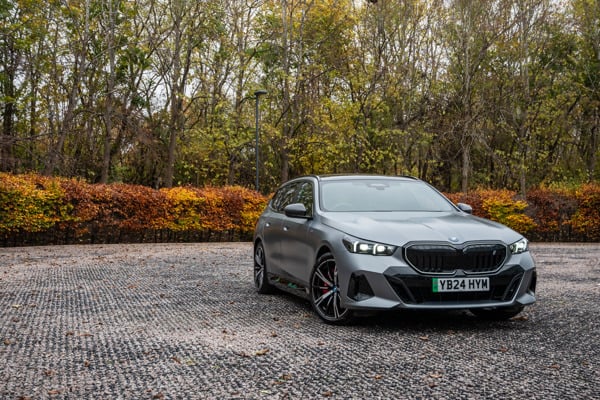
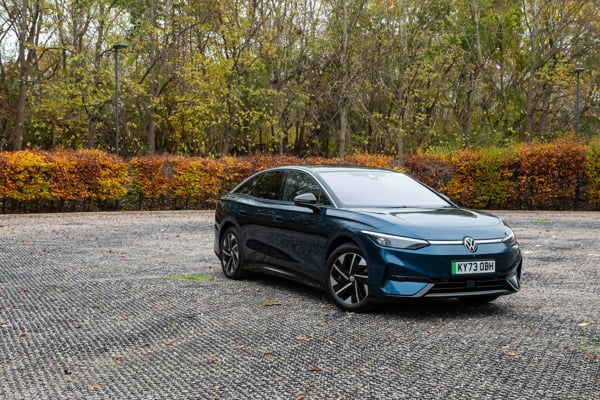
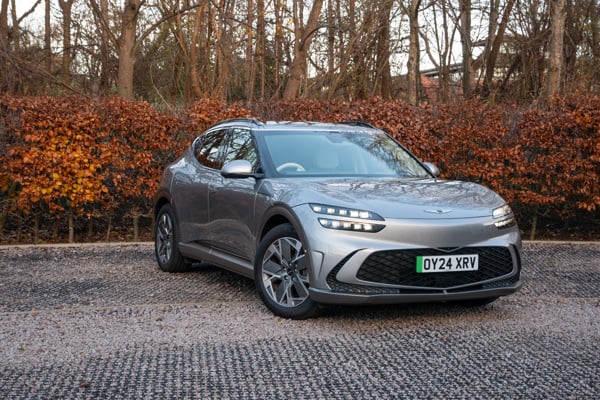
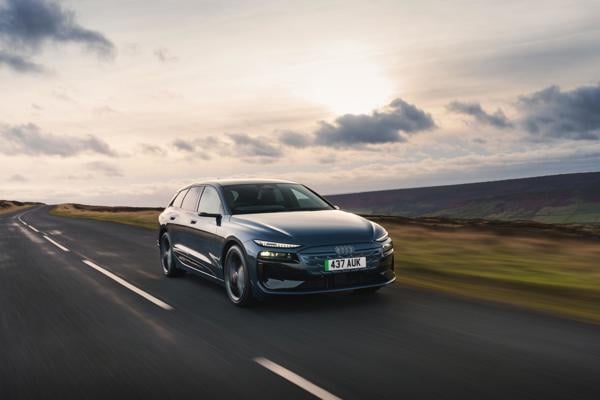
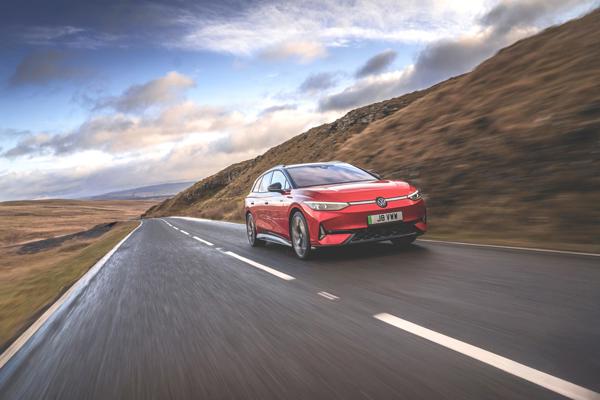

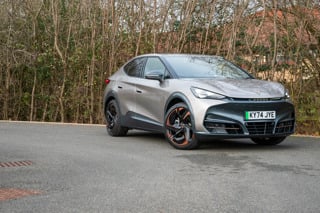
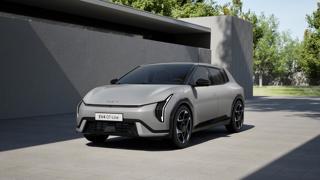
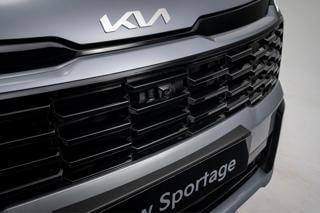













Login to comment
Comments
No comments have been made yet.